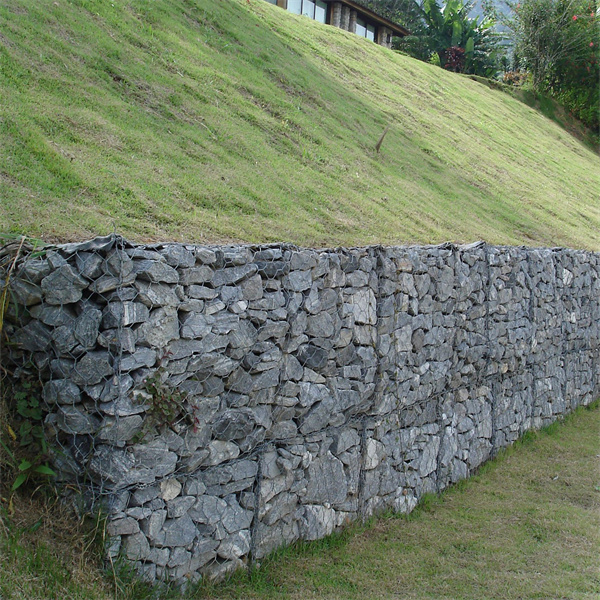Сер . 18, 2024 03:54 Back to list
Durable Gabion Cages for Effective Retaining Wall Solutions in China
Gabion Cages A Sustainable Solution for Retaining Walls in China
In recent years, the need for sustainable construction solutions has escalated, especially in a rapidly developing country like China. One innovative and environmentally friendly option that has gained traction is the use of gabion cages as retaining walls. These structures are not only practical but also blend seamlessly with the landscape, making them an attractive alternative to traditional walling methods.
Gabion cages are wire mesh containers filled with rocks, stones, or other materials. They have been used for centuries in various applications around the world, but their popularity has surged in China due to the country’s robust infrastructure development and focus on sustainable practices. The primary purpose of gabion cages as retaining walls is to prevent soil erosion, manage water flow, and create stable terrains in hilly or mountainous regions.
Gabion Cages A Sustainable Solution for Retaining Walls in China
Moreover, gabion walls offer excellent drainage capabilities. The porous nature of the rocks within the cages allows water to pass through, which helps to alleviate hydrostatic pressure that can build up behind traditional retaining walls. This characteristic is crucial in many regions of China prone to heavy rainfall, as it reduces the risk of wall failure and provides long-lasting stability.
china retaining wall gabion cages

Durability is another key advantage. Gabion cages are robust structures that can withstand harsh environmental conditions, including flooding, erosion, and seismic activities. This durability makes them an ideal choice for various applications, from road construction and slope stabilization to riverbank protection. As urban areas in China continue to expand, the need for resilient infrastructure is paramount, and gabion cages offer a reliable solution.
Installation of gabion walls is also relatively straightforward. With the right equipment, these cages can be assembled quickly, allowing for faster project completion compared to traditional walling methods. This efficiency is particularly beneficial in urban development projects where time constraints often play a crucial role.
Furthermore, gabion cages are often favored for their cost-effectiveness. While initial setup costs can be nominally comparable to other retaining wall solutions, their long-term maintenance requirements are minimal. Once installed, gabion walls require little intervention, making them an economically wise choice for municipalities and developers alike.
As China faces the dual challenges of rapid urbanization and environmental sustainability, gabion cages present a harmonious solution. Their combination of functionality, cost-effectiveness, and environmental compatibility positions them as an essential aspect of modern construction practices in the country.
In conclusion, the adoption of gabion cages as retaining walls represents a forward-thinking move in China’s infrastructure development. By prioritizing sustainable materials and methods, the country can not only address its immediate construction needs but also contribute to a greener future. With the continued exploration and implementation of such innovative solutions, there is potential for significant advancements in both urban planning and environmental conservation. Gabion cages exemplify how practicality and sustainability can coexist, paving the way for a more resilient and eco-friendly landscape.
-
Why PVC Coated Gabion Mattress Is the Best Solution for Long-Term Erosion Control
NewsMay.23,2025
-
Gabion Wire Mesh: The Reinforced Solution for Modern Construction and Landscape Design
NewsMay.23,2025
-
Gabion Wall: The Flexible, Seismic-Resistant Solution for Modern Landscaping and Construction
NewsMay.23,2025
-
Gabion Wall Solutions: The Durable, Decorative, and Affordable Choice for Every Landscape
NewsMay.23,2025
-
Gabion Basket: The Durable and Flexible Alternative to Traditional Retaining Walls
NewsMay.23,2025
-
Gabion Basket: The Proven Solution for Slope Stability and Flood Control
NewsMay.23,2025
-
Versatility of Chain Link Fence Gabion
NewsMay.13,2025






